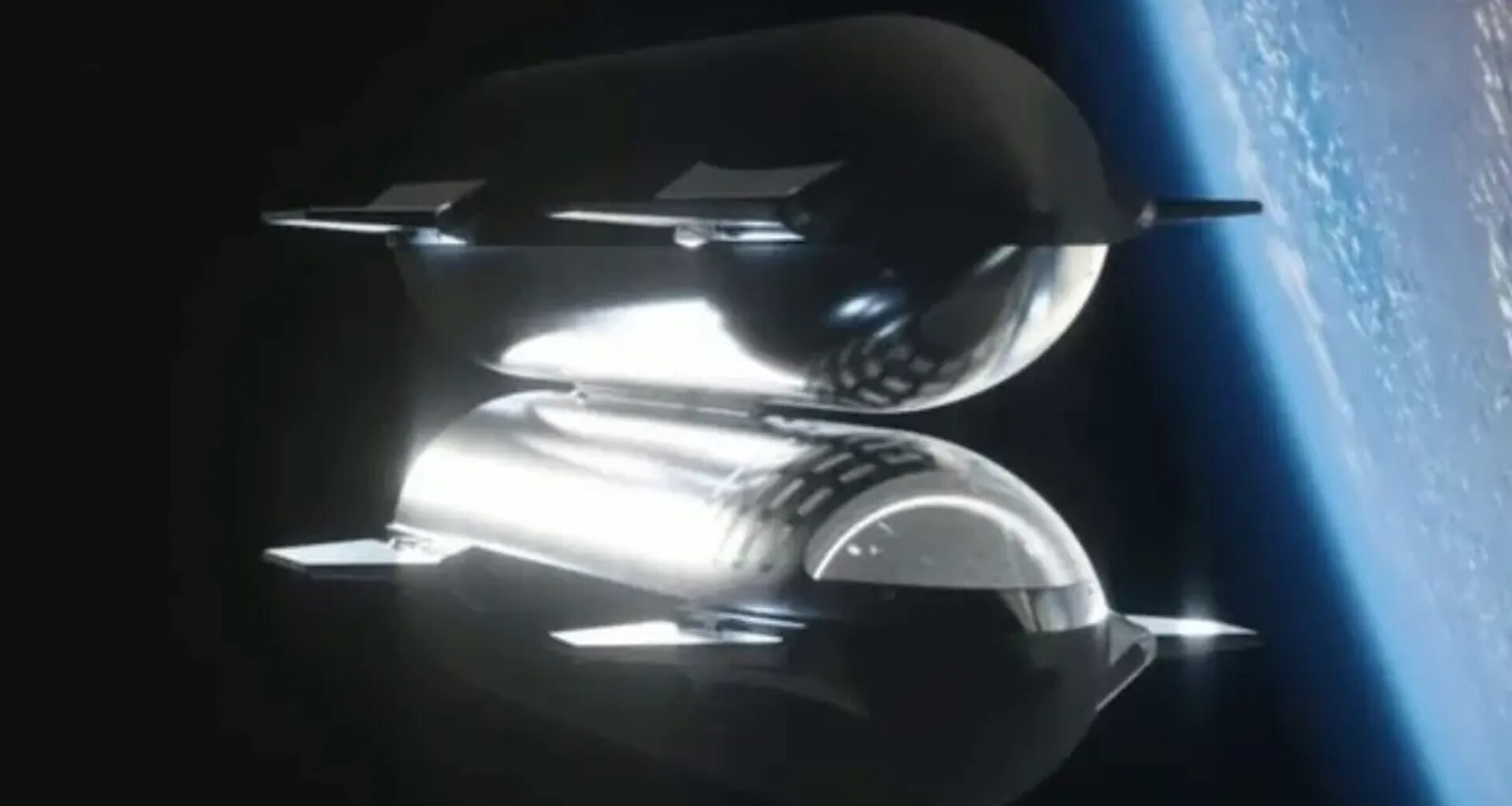Marco Graffiedi, a fifth-year doctoral candidate at MIT’s Department of Nuclear Science and Engineering, is investigating a process that could unlock next-generation nuclear reactors and spacecraft.
Quenching is a highly efficient heat transfer process that could enhance the world’s most efficient cooling systems.
The process could, for example, enable efficient refueling in space — one of the problems Elon Musk’s SpaceX currently aims to tackle with its Starship program.
Quenching for next-generation cooling systems
Quenching rapidly removes heat from surfaces, making it ideal for next-generation cooling systems. However, when it comes to use in space and in nuclear cores, it would have to work with extreme efficiency.
That’s where Graffiedi’s work comes in. NASA, the primary sponsor of the MIT researcher’s work, aims to prevent cryogenic fuel from boiling. During spaceflight, this causes fuel loss, and it requires the spacecraft to vent vapor to avoid tank overpressurization.
Graffiedi aims to overcome these problems, an MIT News report explains. Graffiedi’s work centers on accelerating the collapse of the insulating vapor film formed during cryogenic cooling — known as the Leidenfrost effect.
By studying quenching mechanics at the microscopic level, Graffiedi aims to enable faster refueling in orbit. He also believes his work could enhance nuclear core cooling and data center cooling systems on Earth.
Separately, Graffiedi is exploring immersion cooling for data centers using dielectric fluids — non-conductive liquids that remove heat through boiling. These fluids have lower critical heat flux (CHF) than water, limiting efficiency. In a recent paper published in the journal Applied Thermal Engineering, Graffiedi demonstrated that high electric fields can boost CHF and enable gravity-independent boiling — vital for electric vehicles and high-performance computing.
Improved cooling is in high demand
Efficient cooling is high on the agenda for some of the world’s biggest technology firms. According to a Goldman Sachs report, AI-driven energy demand could rise by 165 percent as soon as 2030.
A team of researchers from Singapore, as well as former Google head Eric Schmidt, recently suggested building data centers in orbit. However, this technology is unproven, meaning more efficient cooling systems on Earth are still required.
Efficient cooling during fuel transfer is also a high priority for SpaceX. NASA is relying on Elon Musk’s private space firm to deliver its Starship lunar lander for the Artemis III moon landing mission. However, to fly to the moon, Starship must be able to transfer fuel in orbit efficiently. A key Starship refueling test, originally scheduled for this year, has been moved to 2026.
SpaceX may be struggling to overcome the problem of “boiloff”. This is an issue where cryogenic propellants sublimate due to minor, constant temperature fluctuations. As propellants boil off, the resulting gas increases tank pressure.
This requires venting, which leads to fuel loss and the launch of more Starship fuel tankers to orbit. Improved cooling systems could provide a solution, as they would protect fuel from constantly changing space conditions.

